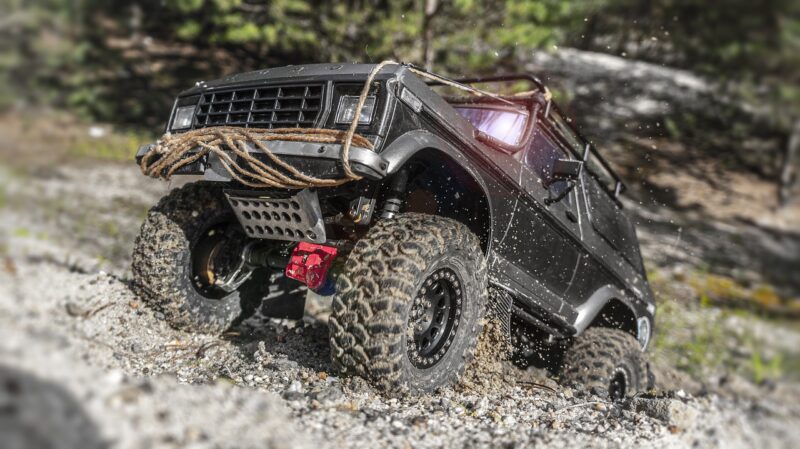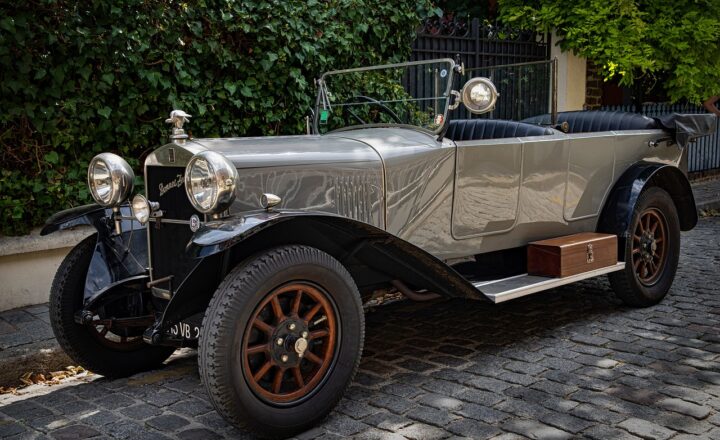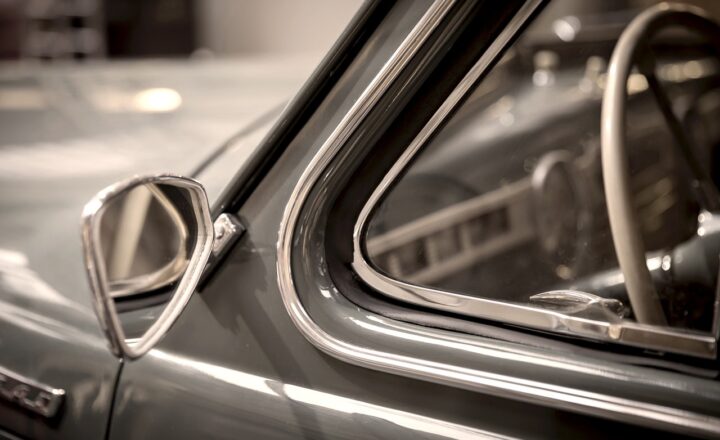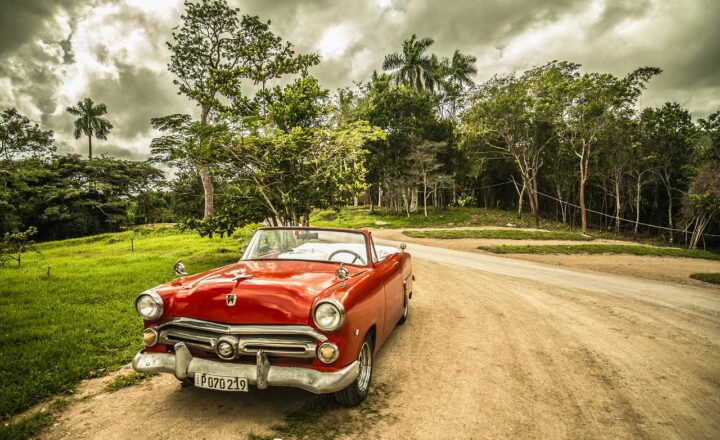
The Ford Bronco has etched itself into the American automotive history, becoming synonymous with off-roading adventure and rugged style. First introduced in 1966, the Bronco was designed to compete with vehicles like the Jeep CJ-5 and International Scout, but it quickly outshone them with its unique blend of capabilities, aesthetics, and innovation. This article will delve into the fascinating history of the Ford Bronco, exploring its evolution through the decades, its cultural impact, and what the future holds for this iconic SUV.
1. The Birth of the Bronco: 1966-1977
The first-generation Bronco debuted at the 1966 New York International Auto Show, designed by engineer Donald Frey and stylist Gale Halderman. The original Bronco was compact and versatile, featuring a short wheelbase suitable for off-road adventures while offering on-road comfort. It was available in three body styles: wagon, pickup, and roadster, catering to a diverse audience.
The Bronco quickly gained popularity due to its off-road prowess. Its four-wheel-drive system, robust construction, and high ground clearance allowed it to tackle rough terrain. The vehicle came equipped with a 170-cubic inch inline-six engine, providing sufficient power for the era, but it was the optional 302 V8 engine that catapulted the Bronco’s performance to new heights.
Throughout its first-generation production, Ford sold over 230,000 units, establishing the Bronco as a formidable contender in the SUV market. Enthusiasts cherished its classic styling and off-road capabilities, making it a favorite among outdoor adventurers.
2. The Second Generation: 1978-1979
In 1978, Ford unveiled the second-generation Bronco, which underwent significant redesign. The new model shared components with the larger F-Series trucks, resulting in increased size and comfort. This iteration was aimed at consumers looking for a more substantial experience while retaining its off-road capabilities.
With a larger frame and expanded interior space, the Bronco became more family-friendly. This model was available with a choice of engines: a 351 cubic inch V8 or a 400 cubic inch V8, both providing ample power for towing and off-roading activities. The second-generation Bronco also featured a more sophisticated suspension system, enhancing ride quality.
Despite its apparent success, the fuel crises of the late 1970s shifted consumer preferences towards more fuel-efficient vehicles, leading to a decline in demand for larger SUVs like the Bronco. Ford decided to discontinue the Bronco after the 1979 model year.
3. A Brief Hiatus: 1980-1995
After a brief hiatus, Ford reintroduced the Bronco in 1980 as part of a resurgence of interest in sport utility vehicles. This new model, known as the third generation, was built on a significantly longer platform, allowing for enhanced passenger comfort and cargo capacity. It retained its rugged off-road capabilities but now featured improved amenities and technologies to appeal to a broader market.
The 1980s Bronco was available with several engines, including a 300 cubic inch inline-six and a range of V8s. It also introduced more advanced features, such as power windows and air conditioning, making it more attractive to family-oriented consumers.
This generation was marked by popular culture, notably its featured appearances in television shows and movies, including the iconic 1990s series “The X-Files.” The Bronco continued to enjoy a loyal following despite competing against a growing number of SUVs filling the market.
4. The Last Traditional Bronco: 1996-2004
The fifth and final generation of the Ford Bronco was produced from 1996 to 1996, culminating with a limited run of the model due to declining sales and the SUV market’s changing dynamics. This generation maintained the rugged look of its predecessors while integrating modern technologies for enhanced performance and comfort. A notable change was the introduction of an automatic transmission option.
However, the growing trend toward crossover SUVs and more fuel-efficient vehicles led Ford to discontinue the Bronco after the 1996 model year. The Ford Bronco faded from the market but continued to hold a special place in the hearts of enthusiasts and collectors alike.
5. The Bronco’s Legacy and Resurgence: 2020-Present
For many years, Bronco enthusiasts clamored for a revival of the beloved model. In 2020, Ford listened and unveiled the all-new Bronco, blending modern technology with the classic ruggedness that defined its predecessors. The new Bronco offers a variety of trims, including two-door and four-door variants, all-purpose adventure gear, and state-of-the-art off-road technologies.
With advanced features such as the G.O.A.T. (Goes Over Any Type of Terrain) modes, locking differentials, and trail control, the new Bronco is engineered for serious off-roading capabilities. It comes equipped with potent engine options, including a 2.7-liter EcoBoost V6 that has reignited the passion for adventure and rugged exploration.
In addition to its off-road features, Ford has embraced technology with an intuitive infotainment system, driver-assist features, and customizable options, ensuring the Bronco attracts a new generation of consumers while maintaining its legacy.
6. The Cultural Impact of the Ford Bronco
The Bronco has not only remained an automotive icon but has also woven itself into the fabric of American culture. From its portrayal in the media to its lasting presence in off-roading communities, the Bronco represents freedom, adventure, and the pursuit of outdoor lifestyles.
One of the most significant cultural moments involving the Bronco was the infamous low-speed chase during the O.J. Simpson case in 1994, which captivated the nation and placed the Bronco in the spotlight. This event solidified the Bronco’s status as both a vehicle synonymous with adventure and an emblem of popular culture.
Today, the Bronco continues to inspire adventure seekers, outdoor enthusiasts, and collectors alike. Its image graces merchandise, events, and media, ensuring its legacy lives on. Whether used for weekend adventures or restored to showcase, the Bronco’s legacy continues to resonate with enthusiasts old and new.
Conclusion
The Ford Bronco is more than just a vehicle; it is a powerful symbol of Americana, adventure, and off-road capability. From its humble beginnings in the 1960s to its modern resurgence in 2020, the Bronco has proven that it can evolve with the times while holding true to its roots. With a rich history, cultural significance, and a promising future, the Bronco will undoubtedly remain an American favorite for years to come. Whether you’re a long-time fan or a new enthusiast, there’s no denying the allure of America’s favorite off-road SUV.







